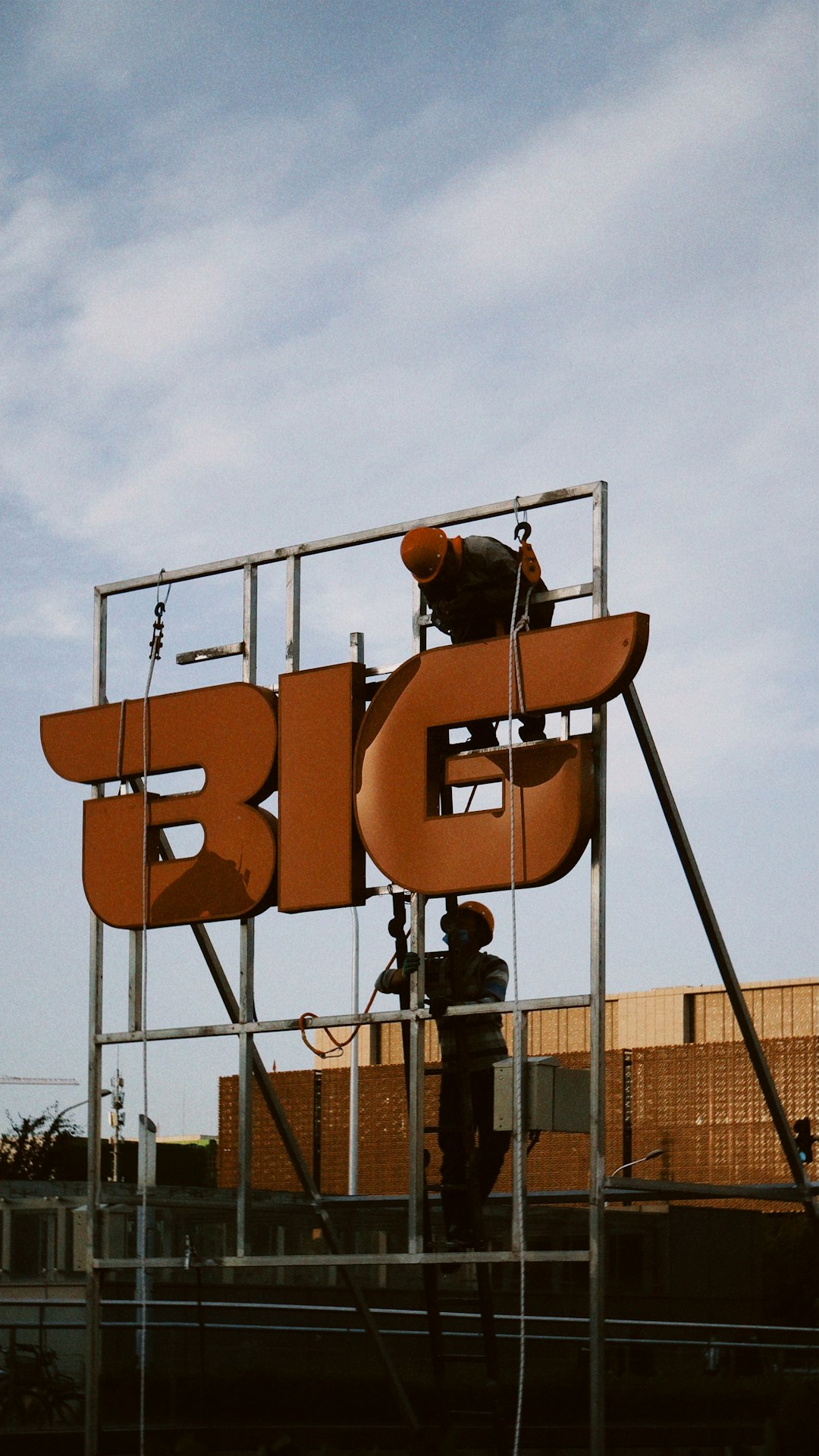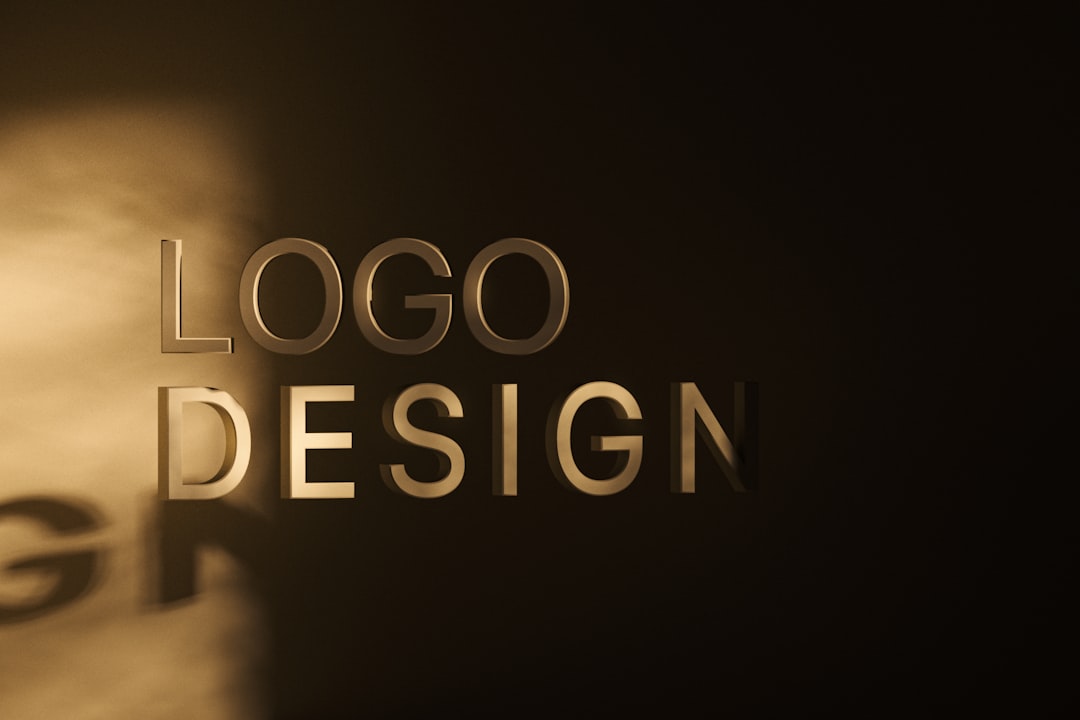Creating a logo that maintains its integrity across various sizes is one of the core challenges of effective brand design. Whether it’s on a tiny browser tab or a massive billboard, a logo must remain recognizable, legible, and visually consistent. This article explores how to craft a logo that excels at both extremes — from 24 pixels up to 2400 pixels — without losing its impact.
TLDR
A great logo is scalable, adaptable, and legible at both small and large sizes. Focus on designing with simplicity, strong contrast, and minimal detail for smaller resolutions, while ensuring vector-based adaptability and grid consistency for large-scale use. Test your logo mockups at extreme resolutions and avoid relying on overly complex graphics or intricate details. Always consider how your logo will appear in different contexts and prioritize clarity above all.
Why Size Matters in Logo Design
Logos appear everywhere: app icons, social media avatars, business cards, billboards, websites, merchandise, and more. The vast difference in display sizes places a unique demand on a logo’s adaptability. A design that looks elegant at 2400 px might become a blurry, illegible mess at 24 px if not executed carefully.
When crafting a logo, designers must consider both ends of the spectrum: the minimal canvas of a favicon and the detailed environment of a digital banner or printed signage.
Core Principles of a Resizable Logo
- Simplicity: The simpler the design, the easier it is to recognize and remember at any size.
- Scalability: Vector graphics ensure smooth resizing without losing quality or definition.
- Contrast: Effective use of color contrasts and negative space makes logos pop against varied backgrounds.
- Shape Consistency: Clean geometry and clear visual hierarchy help small-scale functionality.
Designing for 24 px
At the 24 px size — commonly used for favicons, app icons, and responsive headers — the tiniest details matter. However, intricate visuals are usually lost at this scale. Here’s how to ensure a logo remains effective when shrunk down:
1. Reduce Detail
Keep only the elements that are essential. Remove any fine lines, small text, or overlapping effects that could become blurry or distorted.
2. Use Strong Contrast
Monochromatic logos or those with stark contrasts (such as black and white) tend to have better visibility at lower resolutions.
3. Prioritize Iconism
Consider a simplified version or mark of your full logo. Many brands use a single letterform or abstract shape to represent the full logo in tiny dimensions.
4. Test Rigorously
Manually resize your logo to 24 px during the design process and export to PNG or SVG. Check how it looks on actual devices, websites, and applications. Use pixel preview modes in vector software like Adobe Illustrator or Figma for better accuracy.
Designing for 2400 px
At high-resolution sizes, your logo may feature in storefront signs, presentation headers, digital displays, and more. The goal here is to maintain brand personality and enhance visual richness without departing from the core design identity.
1. Go Vector, Always
Every professional logo should be created in vector format (SVG, AI, PDF). Vector art maintains its sharpness and quality at any size. This is non-negotiable for large formats.
2. Mind the Details
While finer design elements become visible at larger sizes, resist adding too much. Your logo should still feel cohesive with the mini version, not like an entirely new identity.
3. Use Grid Systems
Large-scale logos benefit from precise alignment and balanced space. Use grids to space out elements for consistency, symmetry, and optical balance.

4. Think Material & Medium
A 2400 px logo printed on vinyl may behave differently than the same logo displayed on a 4K screen. Always preview the logo in its intended final medium to avoid surprises.
Tips for Multi-Size Adaptation
1. Create Logo Variations
Many brands have a family of logos: a full logo, a logomark, and a responsive logo version. This flexibility allows for tailored use depending on size and medium.
- Primary Logo: Includes full type and symbol, ideal for high-res use.
- Secondary Logo: Simplified with fewer elements, for web or print items.
- Icon/Logomark: The smallest unit, suitable for social media and app icons.
2. Test in Context
Mock up your logo across multiple platforms: browser tabs, mobile apps, YouTube thumbnails, and large presentation slides. Testing in real scenarios helps reveal any weaknesses in the design.
3. Avoid Thin Lines and Script Fonts
Thin lines disappear at 24 px. Likewise, script or handwritten fonts generally become unreadable. Stick with bold fonts with strong weights, geometric sans-serifs, or modified custom typefaces optimized for screen.
4. Responsive Logo Design
This concept involves adapting your logo smartly as screen real estate changes. For example, a logo may show full detail on a laptop view but reduce to a single icon on mobile screens. Responsive logos maintain brand identity while prioritizing usability and scale.

Real-World Examples
- Apple: The apple silhouette works just as well on a MacBook exterior as it does on an iPhone screen. Monochrome, simple shape, scalable — a perfect case study.
- Nike: The swoosh icon can stand alone without any text and remain universally recognizable across any size.
- Spotify: The symbol with three audio waves is just as distinct in a 24 px favicon as on a Times Square billboard.
Conclusion
A logo that works at both 24 px and 2400 px is not a happy accident — it’s intentional design. This involves strategic simplification for tiny sizes and disciplined consistency and scalability for larger formats. With the rise of multiple screen sizes and digital platforms, brand assets must be flexible yet unmistakable. Take time to plan, test, and revise. The result? A timeless mark that tells your brand’s story — big or small.
Frequently Asked Questions
1. Should I create multiple versions of my logo?
Yes. Having multiple variations — full, simplified, and icon — allows your logo to be optimized for different screen sizes and formats without losing brand identity.
2. Can I use raster images for my logos?
While it’s okay for web output, always create your master logo in vector format. Raster images (JPEG, PNG) lose quality when scaled, leading to pixelation.
3. What file format is best for scaling?
SVG is the most recommended format for scalable digital use as it retains quality at any size. AI and EPS are also great for print or advanced editing.
4. Why does my logo look blurry at small sizes?
Blurriness at small sizes typically occurs due to too much detail, thin strokes, or poor contrast. Simplify the design and ensure you’re using proper export settings.
5. What tools are best for creating scalable logos?
Vector tools such as Adobe Illustrator, Figma, Affinity Designer, and Sketch are ideal for crafting logos that scale cleanly across sizes.
6. How can I test how my logo looks at different sizes?
You can export multiple versions of your logo at different resolutions (e.g., 24 px, 512 px, 2400 px) and test them in mockups or directly on devices and web interfaces.
